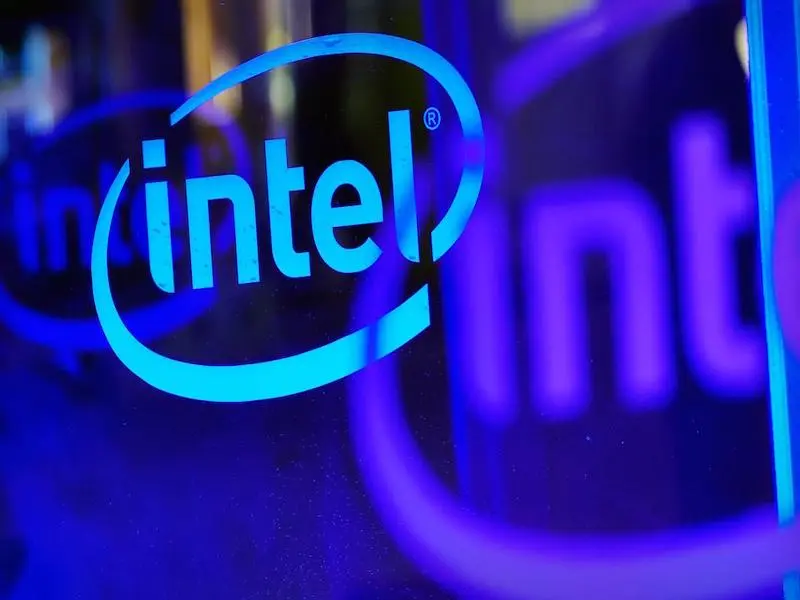- Intel on Tuesday disclosed its foundry business posted an operating loss of US$7 billion, worse than the US$5.2 billion operating loss in the previous year.
- Chief Executive Officer Pat Gelsinger said 2024 will be the worst year of operating losses for the company’s chip-making business, which is expected to break even by about 2027.
- Intel has now switched over to using extreme ultraviolet (EUV) tools, which will cover more and more production needs as older machines are phased out.
Intel disclosed on Tuesday that operating losses in its foundry business have worsened. The company is trying to recapture the technological lead that has been taken away by Taiwan Semiconductor Manufacturing (TSMC) in recent years.
Intel’s operating losses
Intel said the manufacturing unit had an operating loss of US$7 billion in 2023, larger than the US$5.2 billion operating loss in the previous year. The division’s 2023 revenue was US$18.9 billion, down 31% from US$63.05 billion the year before.
Intel shares were down 4.3% after the documents were filed with the US Securities and Exchange Commission (SEC).
According to the chief executive officer Pat Gelsinger 2024 will be the worst year of operating losses for the company’s chip-making business, which is expected to break even by about 2027.
Also read: Biden to give $8.5billion to Intel to build more chip factories
Also read: Intel aims for over 100 million AI PCs globally by 2025
Switch to EUV tools
Gelsinger said the foundry business has been weighed down by bad decisions, including opposing the use of extreme ultraviolet (EUV) machines from Dutch company ASML a year ago. While these machines may cost more than US$150 million, they are more cost-effective than earlier chipmaking tools.
Intel has now moved to using EUV tools, which will meet more and more production needs as older machines are phased out.
“In the post-EUV era, we see that we’re very competitive now on price, performance, and back to leadership,” Gelsinger said.

